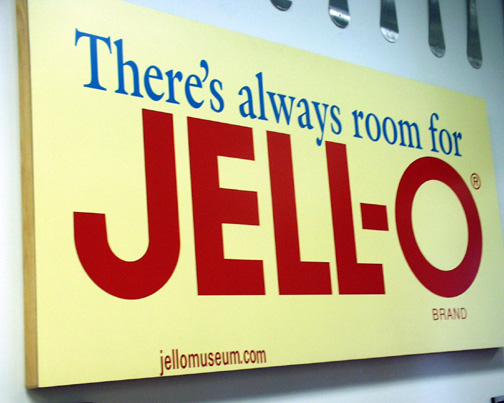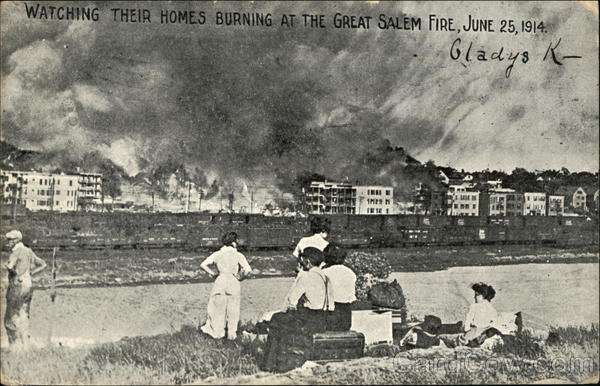EXPLAINER: Basically, they're talking a "hi-rail railbus".
"
hi-rail" = one of those track worker pickup trucks that can come off-road by dropping a set of steel wheels on the tracks.
+
"
railbus" = diesel buses adapted to rails. Most frequently used in 3rd world countries and out in the sticks of some of Northern UK's poorest transit deserts. They're the last, cheapest refuge when a full-spec DMU is too expensive for the service and the most direct route for the service follows the rail line instead of the road on a bus.
Railbuses are reeeeeeeeeaaaaaaalllly far sub- FRA-compliant...even further off than those "DLRV" diesel trolleys waivered for use on time-separation lines like the NJ Transit RiverLINE. Unlike a lightweight waivered DMU which is about as invincible in a grade crossing collision as your average
Green Line trolley, railbuses can get fucked up pretty bad in a sideswipe because they're little stronger than a city bus. Why is that a problem? On the street, a bus is obeying basic rules of the road and constantly looking both ways for cross traffic. That doesn't happen on a rail line because the train always has the right of way against crossing traffic, meaning the default field of view is locked straight-ahead and not semi-lateral like on the road. Rail ROW's are thus landscaped for straight-ahead visibility, with sightlines at grade crossings usually limited in the lateral direction as a result. And because rail is the alpha-dog of modes at a crossing, it takes a signal rule enforced top-down on the rail side to enforce a caution at a crossing...or, in the case of trolley reservations, to be able to share a traffic signal phase at a crossing. That raises some thorny safety issues with side-impacts since crossing traffic the city bus would be forever-vigilant about has more obstructed views and obstructed-viewing rules with the railbus on the rail ROW.
Places in the world that still use railbuses have them grandfathered, and are gradually phasing them out in favor of those more robust DLRV diesel trolleys as standards of livings increase and real-DMU availability starts reaching further downmarket. Railbuses haven't been considered for adoption in the U.S. since a SEPTA non-revenue test in 1985 using British railbuses for the now-abandoned Fox Chase-Newtown diesel shuttle; the agency was uncomfortable adopting because of those very same rules/sightlines considerations.
Even on an off-FRA line (which Peabody is
not) they'd be a dicey proposition for safety standards unless they were running on a totally grade-separated line. But since most extant grade-separated lines attract much heavier traffic levels
because of their superior grade separation, there are virtually no useful examples where a crossing-free line is sitting out there for the taking on off-FRA exemption...but soft enough on demand to merit railbuses instead of DMU's/DLRV's. It's 1-in-10,000 applicability for even locating a candidate line for railbuses in this country...and that's before getting to the safety debate.
-----------------------------------
I have no idea if anyone--other than some
garage skunkworks proof-of-concept--has ever produced a passenger-carrying contraption that can run on rubber tires AND steel wheels. As the hi-rail wiki link above illustrates, the two-system wheel assemblies have major inherent safety limitations with wheel alignment vs. weight distribution on the vehicle, so the very nature of hi-railing is dangerous enough to be relegated to track worker professionals and vehicles no larger than a small dumptruck. Here in the U.S. and New England there are semi-frequent fantrips held on rare-mileage or shortline freight lines using hi-rail vehicles, but the tourists always have to sign waivers beforehand and get a short safety tutorial before being allowed onboard. So...not exactly "revenue-ready" mode of travel.
My guess is there isn't a production vehicle of this sort on the planet that could do the stated job and be sold legally for import to the U.S. Certainly not during an era where the few countries still using railbuses are gradually phasing them out in favor of real durable DMU's, not looking to expand their railbus networks.
-----------------------------------
ALL of this is moot because Peabody is very much on the FRA network, and has a 3-day-a-week freight schedule to Rousselot Gelatin a little bit west of the Square that occasionally includes sulfuric acid tankers. Moreover, Pan Am--due to concessions dating to when the T bought most of the northside for a song from bankrupt Boston & Maine in '76--is granted free perpetual lifetime flexibility on its freight timeslots in ex-B&M territory. They run those jobs pretty much whenever the hell they feel like it, and protect that right jealously. Those Peabody freight moves thus are not candidates to be time-separated like the NJT RiverLINE, because Pan Am has no financial incentives or deal-making mechanism to tap here like Conrail in NJ did by selling off a timeshare to the state.
And that's before you start counting up the grade crossings...6 in the span of 1.1 miles, some of them real doozies for sightlines. I wouldn't feel safe in the strongest, most modern Scottish railbus riding that particular line.
Why the City of Peabody
thinks this trolley-or-whatever thing is a strong possibility is beyond guessing. 40 seconds of Google searching can pull up all the bad news about FRA exemption, and one single phone call to the T can get somebody to spell out the ex-B&M freight concessions preventing a time-share. And the hi-rail + railbus thing is just weird...that's not a popular transit advocate talking point at all (in the sense that DMU's are). This almost sounds like the work of some loudmouth frequenter of town meetings who--because of some trip made years ago to the English Northlands--has been spamming councillors with flyers and self-typed whitepapers about railbus contraptions. Until twisting enough arms to get it taken up for study consideration and groupthink taking over.
I mean, good on them for advocating for passenger transit here. They very very badly still want commuter rail to the Square, and if they've kept up on the TransitMatters plan they know there's ripe exploitable opportunity to bring dense inner-zone regional rail frequencies into town via Salem. That's still a criminally underrated Purple Line extension that would be very inexpensive to jump-start (even if just to the Square on the active track, with last half-mile to 128 on the power line ROW deferred indefinitely). So maybe it's an attempt to force the T back to the conversation table after 12 years of agency avoidance.
But if that's the end goal they've chosen an awfully batty, obtuse, non-credible way of going about it.





